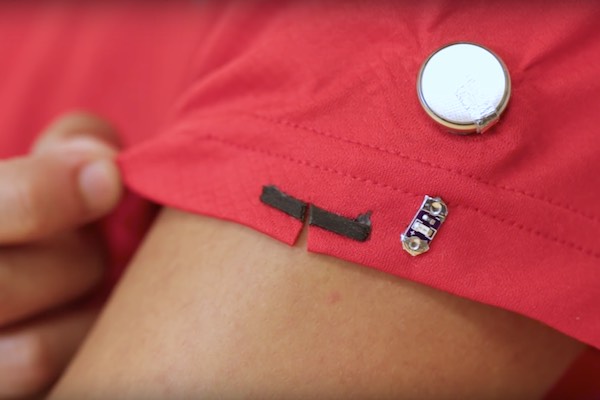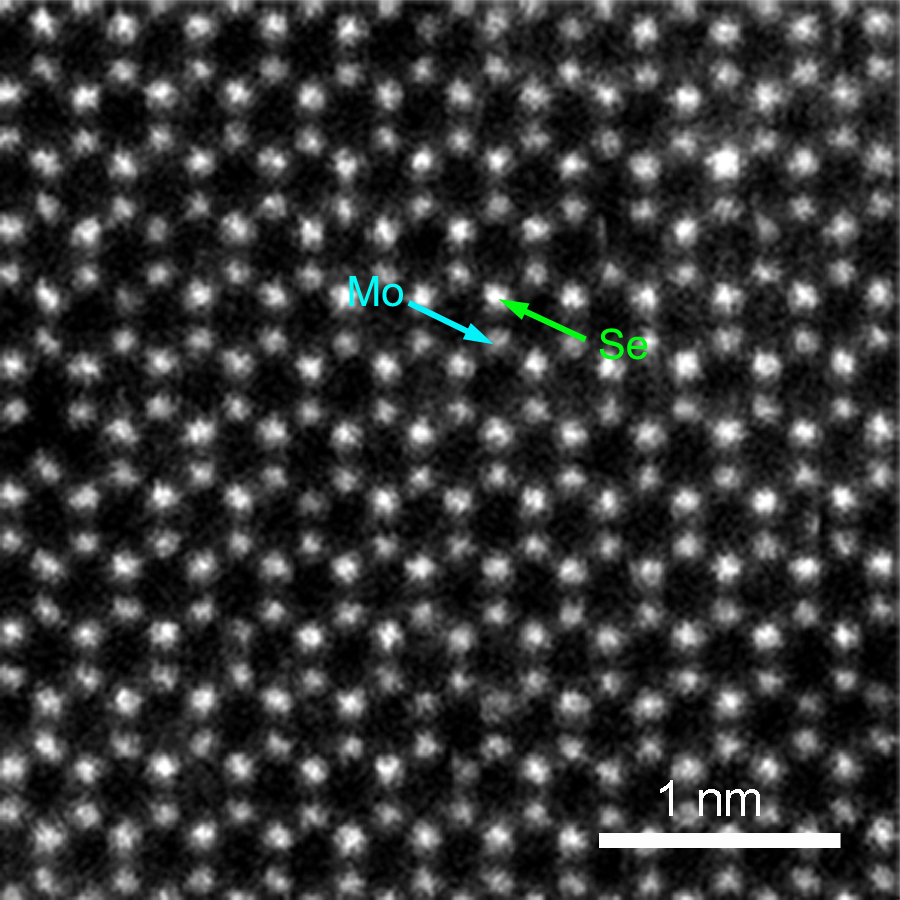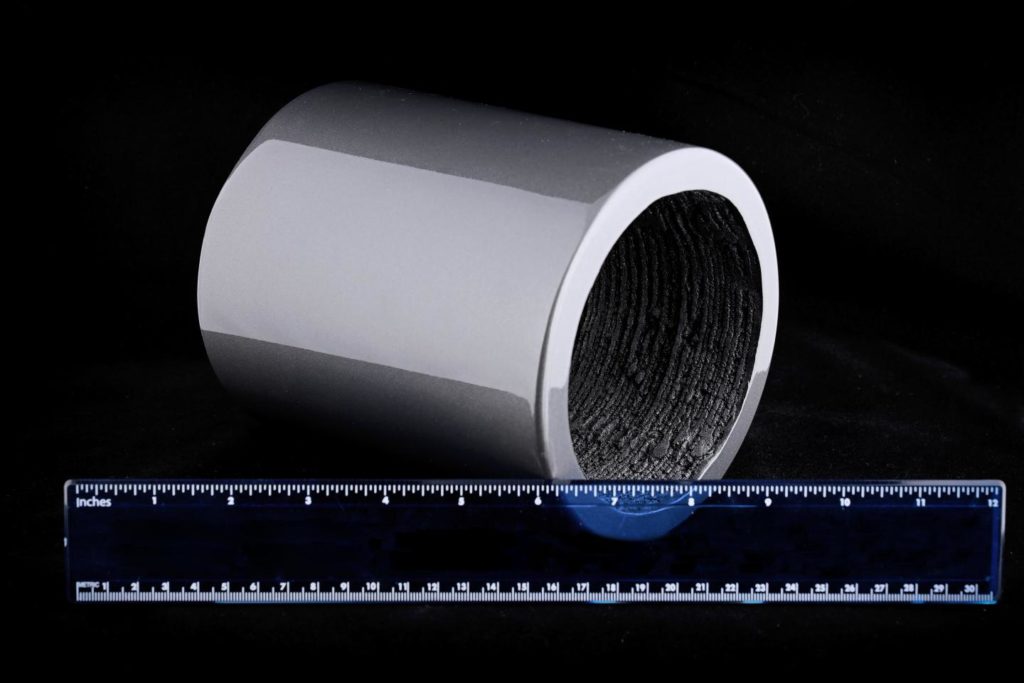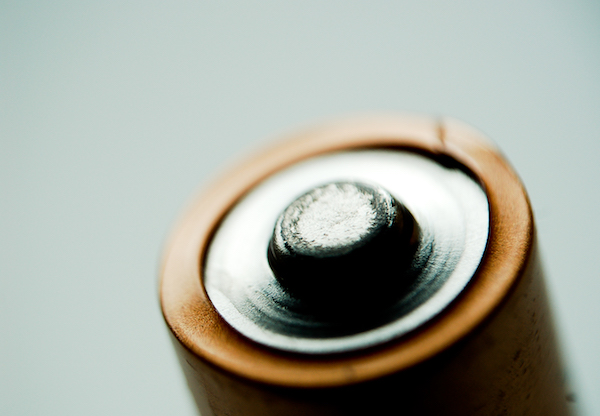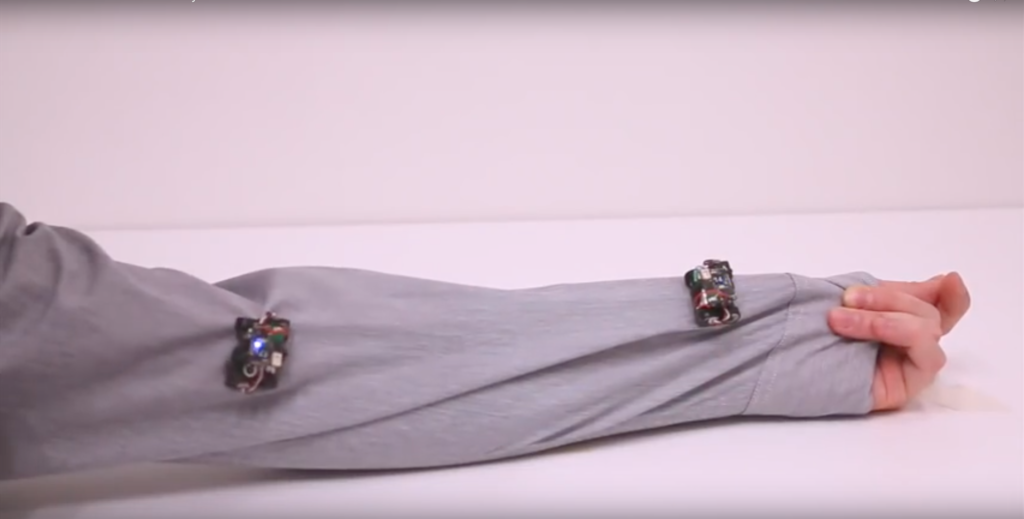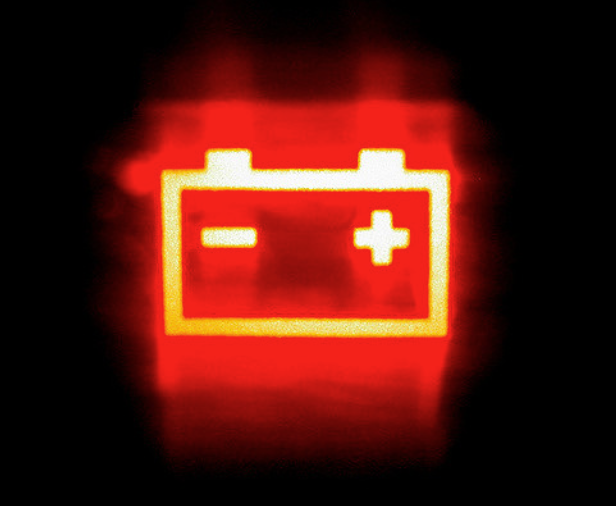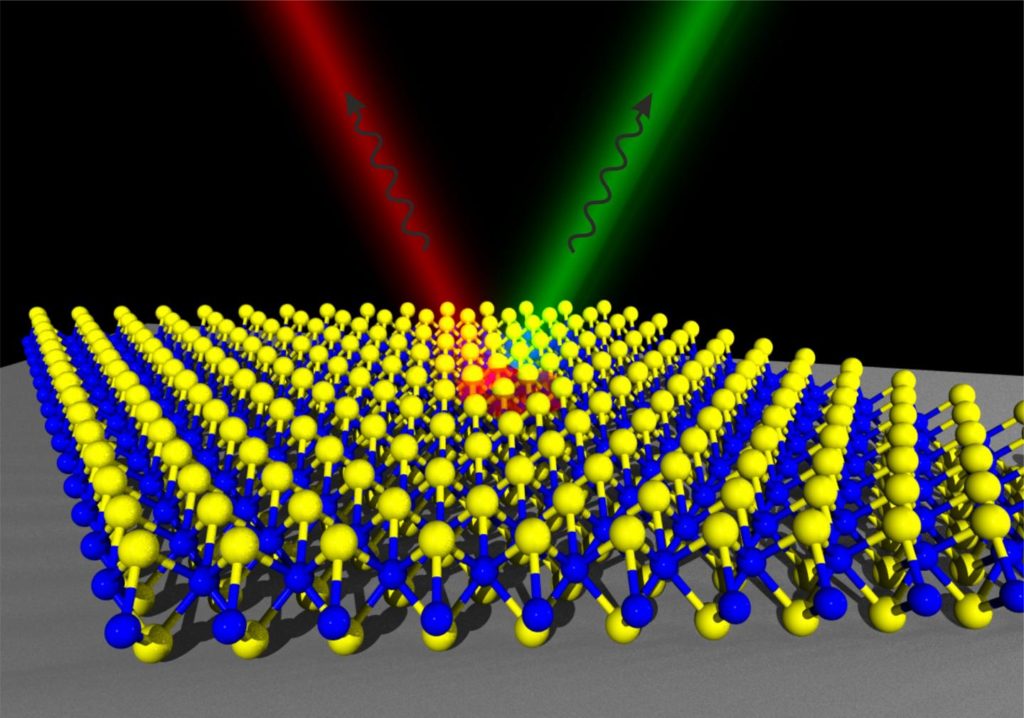Engineers at the University of California San Diego have developed a neodymium-loaded magnetic ink that can be used to print batteries, circuits, and other devices that, if broken or damaged, can self-heal themselves in a matter of milliseconds.
Read MoreResearchers at Lehigh University report that in addition to gallium nitride’s checklist of other useful properties, the material has a wear rate that approaches that of diamonds—which could open the material’s foray into even more diverse applications.
Read MoreResearchers at Oak Ridge National Laboratory say they’ve 3-D-printed permanent magnets that can outperform bonded magnets made using traditional techniques while conserving critical rare materials in the process.
Read MoreResearchers at the Universities of Sussex and Bristol in the U.K. have developed a new technology that effectively turns tiny, multi-colored spheres into real-life pixels that can form into floating displays, according to a University of Sussex press release.
Read MoreA team of scientists at MIT and Stanford has developed rovables—small on-body robots that can function as mobile and autonomous wearables.
Read More
